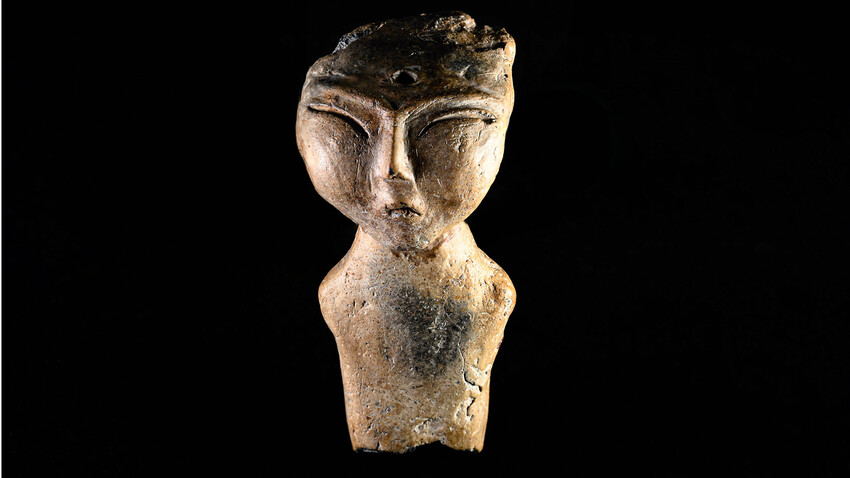
An elegant clay figurine is an artifact of the primitive art of the Lower Amur region. It was discovered by famous Soviet archaeologist Alexei Okladnikov near the village of Kondon in Khabarovsk Territory in 1963 and it was from him that she received her nickname. According to him, this figurine is a generalized image of female beauty, so self-sufficient that it can decorate absolutely any space with just itself. Just like the legendary head of Nefertiti in the Berlin Museum. Such figures had cult or ritual significance and could be located in the home sanctuary.
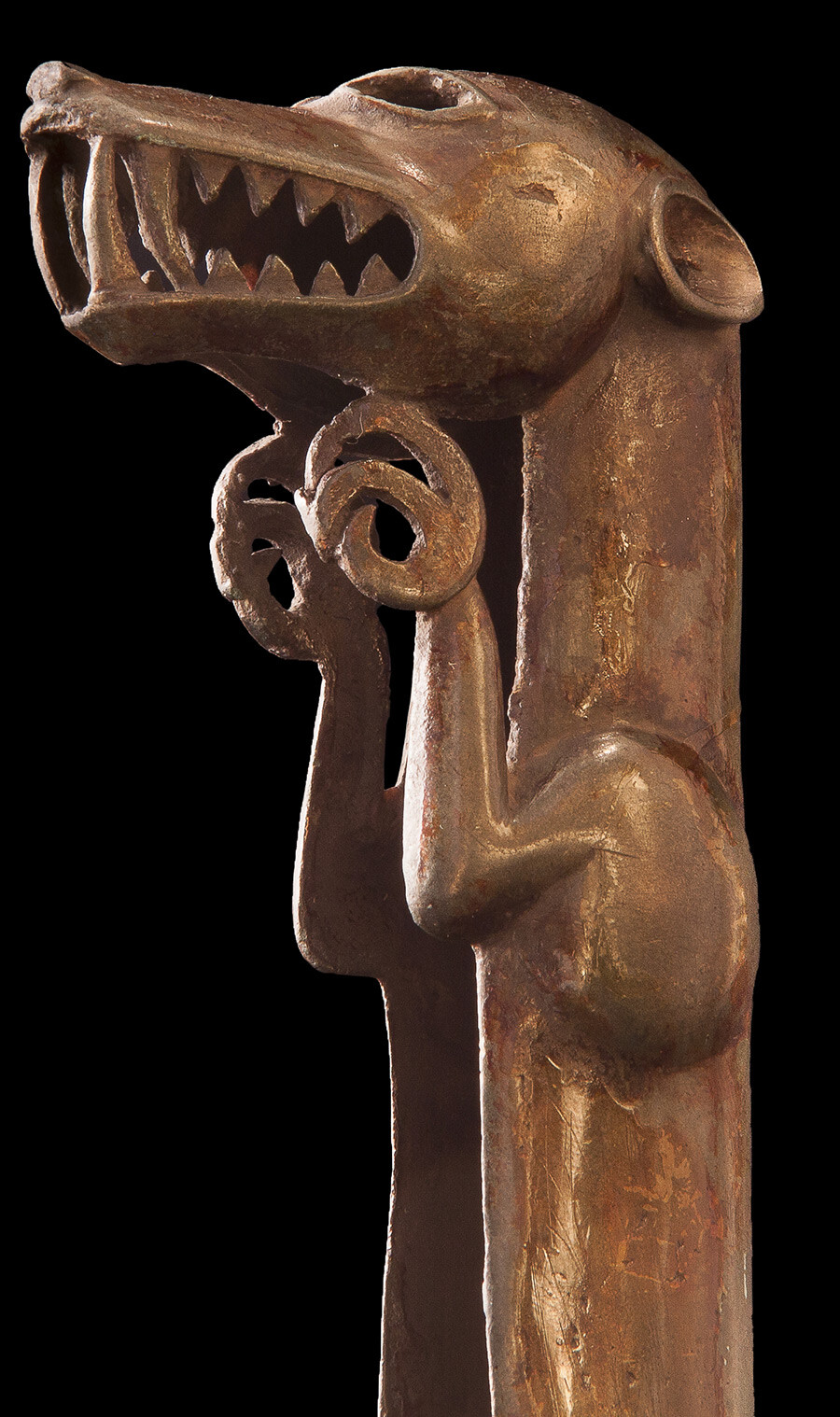
According to archaeologist and historian Nikolai Smirnov, it was an accidental find in Transbaikal at the beginning of the 20th century. In terms of the level of plastic solution, this is an incredible thing. It appears to be the standard of man with military and religious functions. Stylistically, it can be ranked with the antiquities of the Scythian-Siberian animal style, but, nevertheless, it is unique in its kind and belongs to its locality.
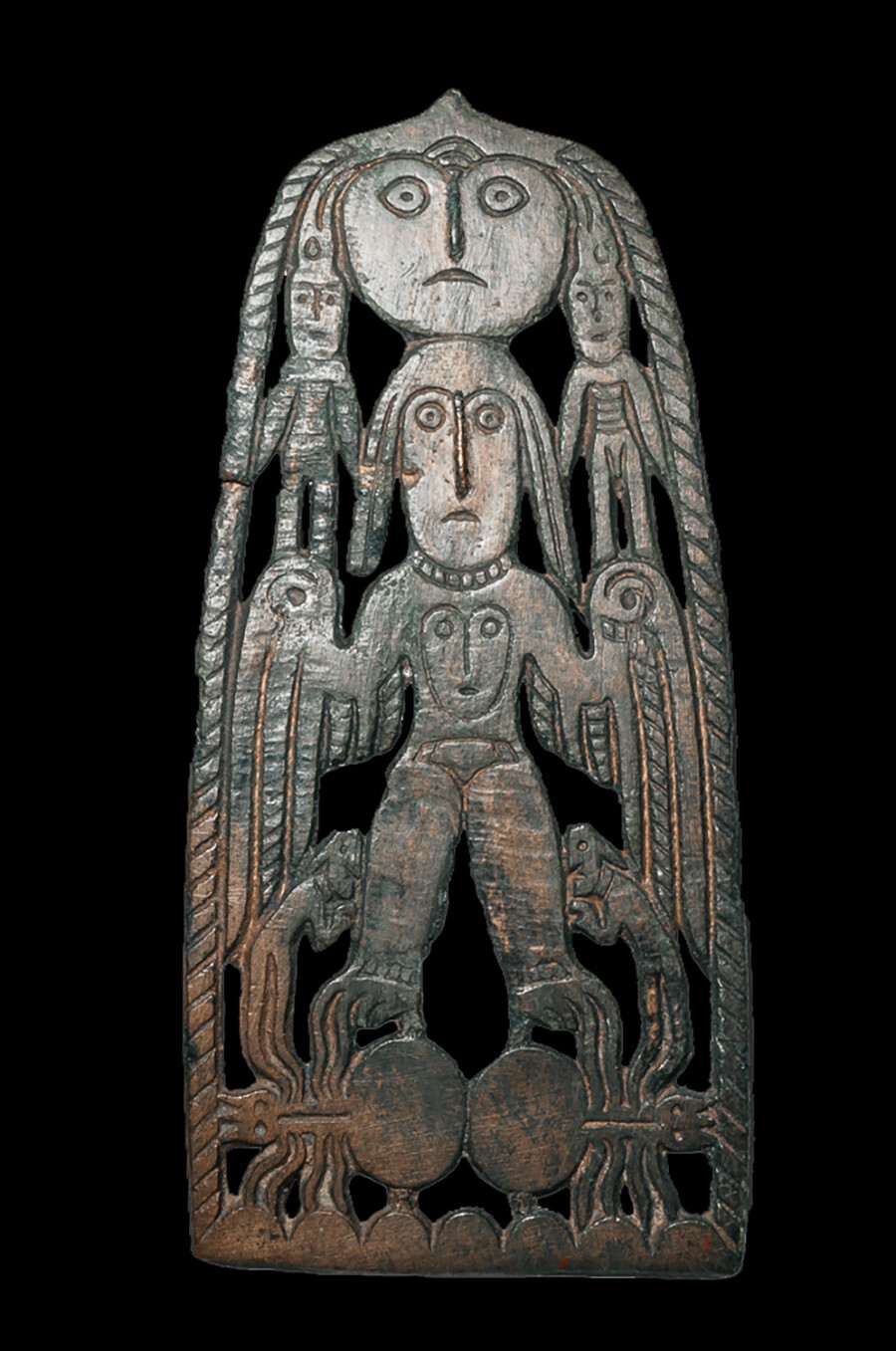
In the center is a female image of a goddess, who has anthropomorphic features: Instead of hands, she has wings and bear claws on her feet, while her face has a birdlike expression. “The great rarity is that she is depicted standing on two spiders, referring to the ‘lower’ world. Usually, snakes or lizards were carved. The two servant figures have obvious human features, but something about their appearance also references animals. On the wings of the goddess stand helpers from the ‘upper’ world, helpers from the other world,” says Smirnov.
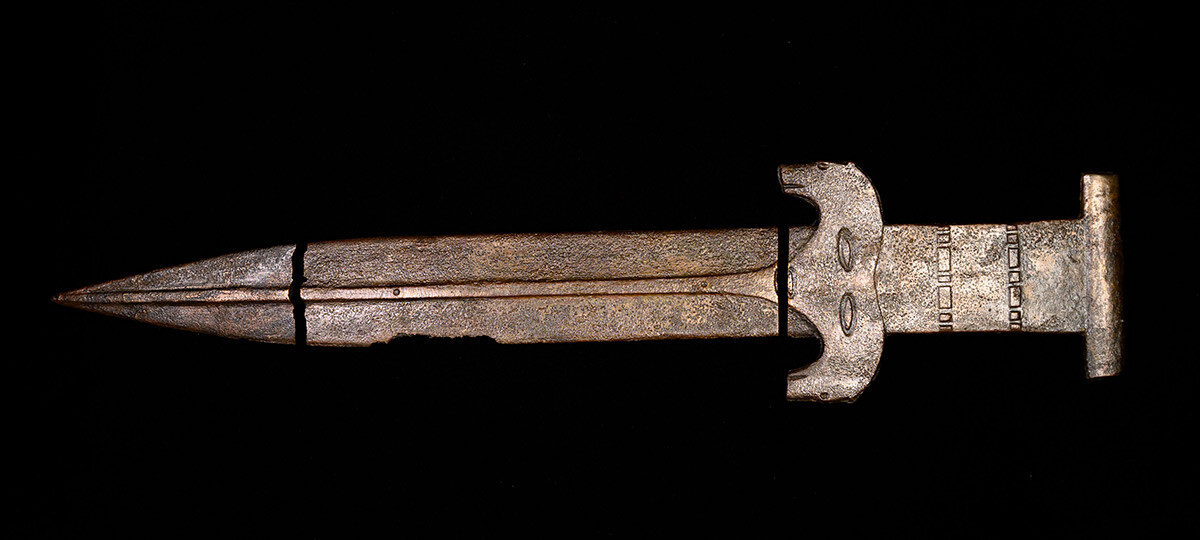
The uniqueness of the idol-sword found in Baikal Region is that, in reality, it is… a portable altar! “Given the dimensions and manufacturing features, it is clear that this is not a real weapon, but a cult item. Adding to the intrigue is the fact that this is not a broken object, but specially cast in three parts. This is a portable idol for setting up a sanctuary in the place where the ceremony needs to be performed,” says Nikolai Smirnov. There are no analogues of the artifact anywhere in the world. It was used by nomadic tribes during the Iron Age.
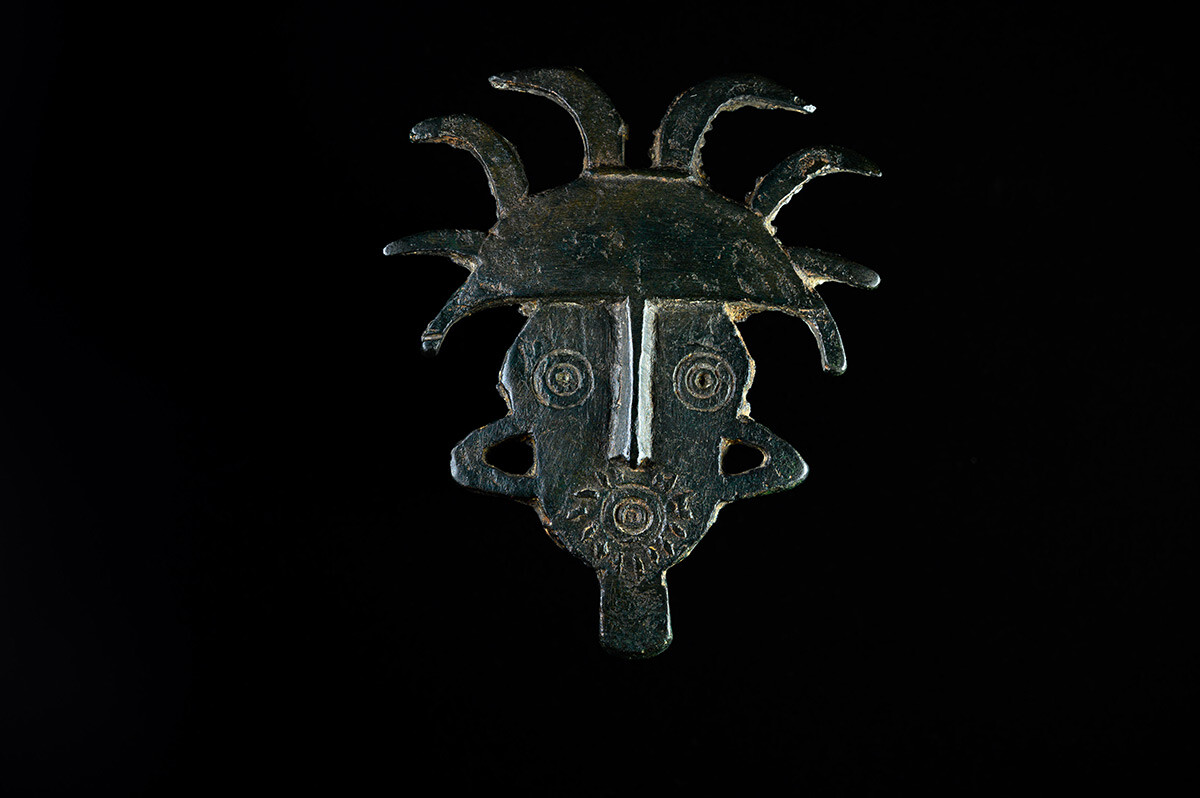
This so-called shaman image was found in the Angara region. On the one hand, this is an almost photographic portrait of a person experiencing surprise. At the same time, the ancient artist tried with meager means to convey the dynamics as much as possible - we understand that the shaman is shouting something to us. According to archaeologists, this is probably a part, a mask, of some kind of idol, made of wood and not preserved.
These and other rarities can be seen at the ‘Dreams of Siberia’ exhibition at the ‘V. K. Arsenyev’ Museum-Reserve of the History of the Far East in Vladivostok until October 6, 2024.
If using any of Russia Beyond's content, partly or in full, always provide an active hyperlink to the original material.
Subscribe
to our newsletter!
Get the week's best stories straight to your inbox